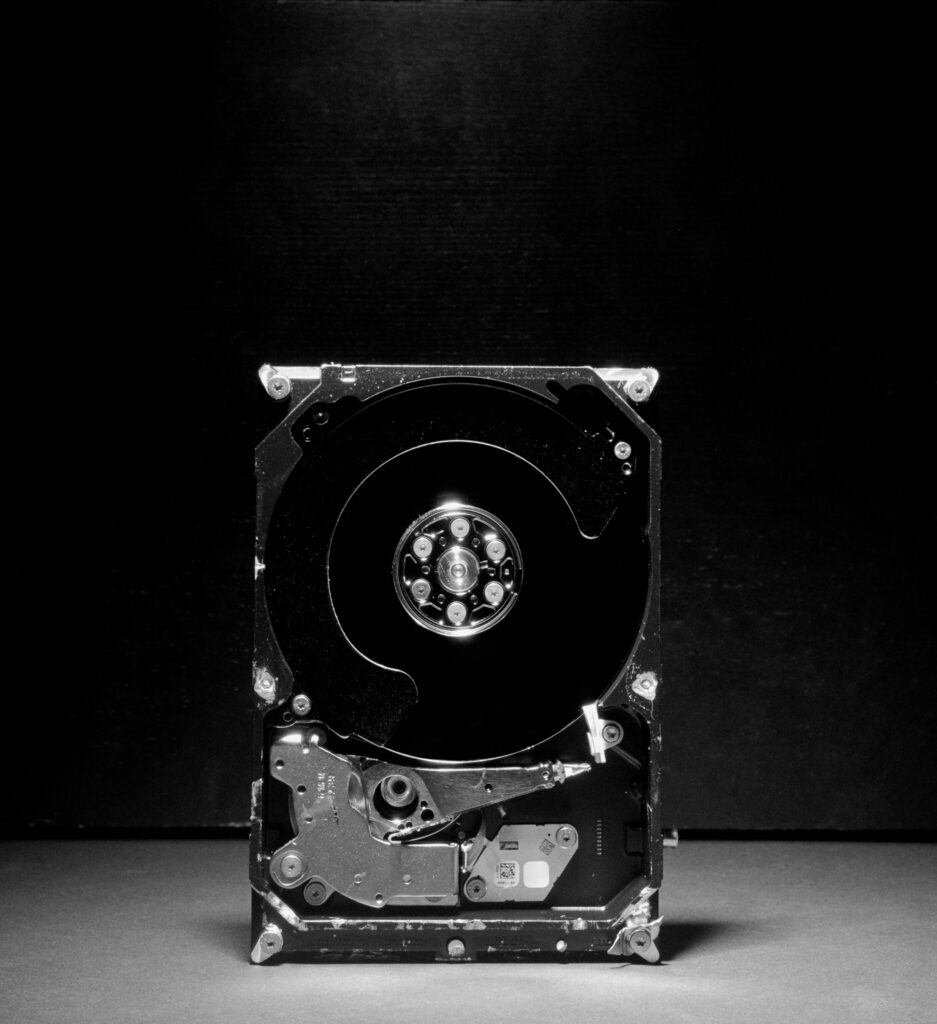
As days have slipped into weeks, things that were normal appear novel and vice versa. Some of us have worked from home for our jobs or businesses for months or years. For others of us, this has been a rocky adjustment period. For all of us, the lack of social face to face interaction has turned regular habits up side down.
In the not too distant past, the WannaCry ransomware attack was front and center in the news. Over 400,000 computers were infected, including a portion of the UK’s NHS system where elective procedures were brought to a halt and emergency procedures took place in less than idea conditions with incomplete information.
The WannaCry threat was a straightforward encryption attack with a simple message: “Pay us or we will erase your files”.
Ransomware such as WannaCry works by encrypting files on a computer to make them inaccessible and unusable. After the files are encrypted the attacker leaves behind a pop up screen or a series of text files with a demand for payment that is set to expire within a set time frame. A popular time frame is 72 hours after encryption. The attackers work on broad attack plan and expect some percentage of those infected will pay. The others who don’t? Their files are never unencrypted by the attacker.
Ransomware has been plaguing local governments like towns and village police departments, cities like Atlanta, Georgia and states. Some pay. Some don’t. Those that don’t lose their data, if they don’t have it backed up.
WannaCry was a Microsoft-product specific problem. Despite what you may have read or heard, Macs and Linux computers can and are vulnerable to viruses, malware and ransomware. It can happen to anyone with an Internet connection.
The best way to survive a ransomware attack is to be diligent about IT security and keep antivirus and perimeter protection up to date and monitored. However, with hundreds of thousands of new attacks being launched a week, nothing is 100% guaranteed to prevent an attack.
For this reason, it is critical to have a backup solution in place that is doing a full back up at least once a day. With a good backup on a daily schedule, you will never be at risk of losing more than 24 hours worth of work or data. If that is still too troubling, a more frequent backup schedule can be used.
With a regular backup that is tested and secure (so the backup does not get encrypted) you will never have to pay a ransomware demand.
As we continue to work from home or in dispersed locations, the need for a high quality backup is more important than ever to ensure we continue to be productive, safe and secure.
Want to know more about ensuring you have the right backup solution in place? In need of weekly tips on keeping your information safe? Click to this link to get a short checklist to keep your data safe and subscribe to our mailer.
Security Evangelist Howard Globus has more than twenty years of experience designing, installing and supporting Windows server and workstation products in industries where security and reliability are critical. System
engineering and administration experience includes customized Windows Server and Workstation installs, designed to be deployed using the latest automated technology available and managed using products found onsite at most Fortune 500 firms to ensure a wide variety of potential personnel to support the products in the future.
